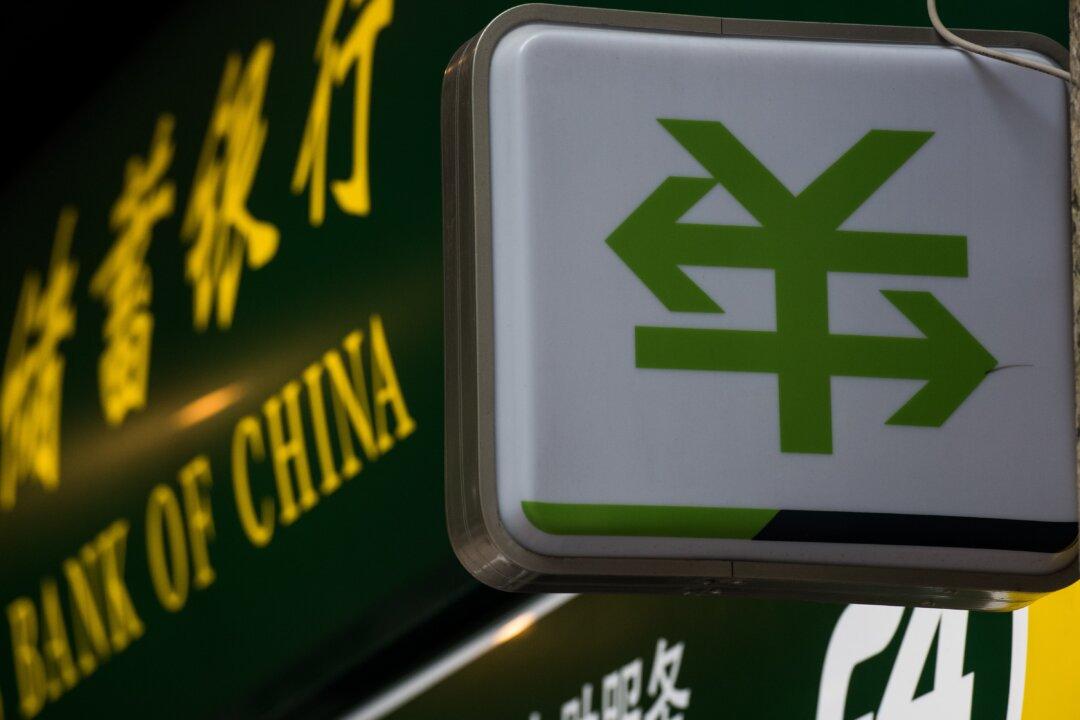Commentary
China’s collapsing currency is the latest in a series of economic decline symptoms that the Chinese Communist Party (CCP) leadership is scrambling to resolve, but so far, with little success.

China’s collapsing currency is the latest in a series of economic decline symptoms that the Chinese Communist Party (CCP) leadership is scrambling to resolve, but so far, with little success.